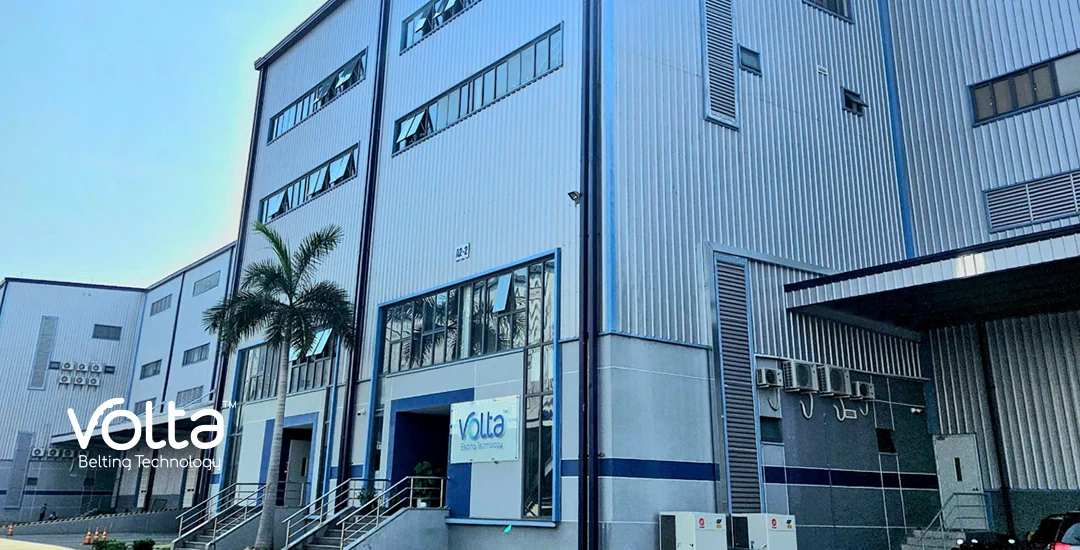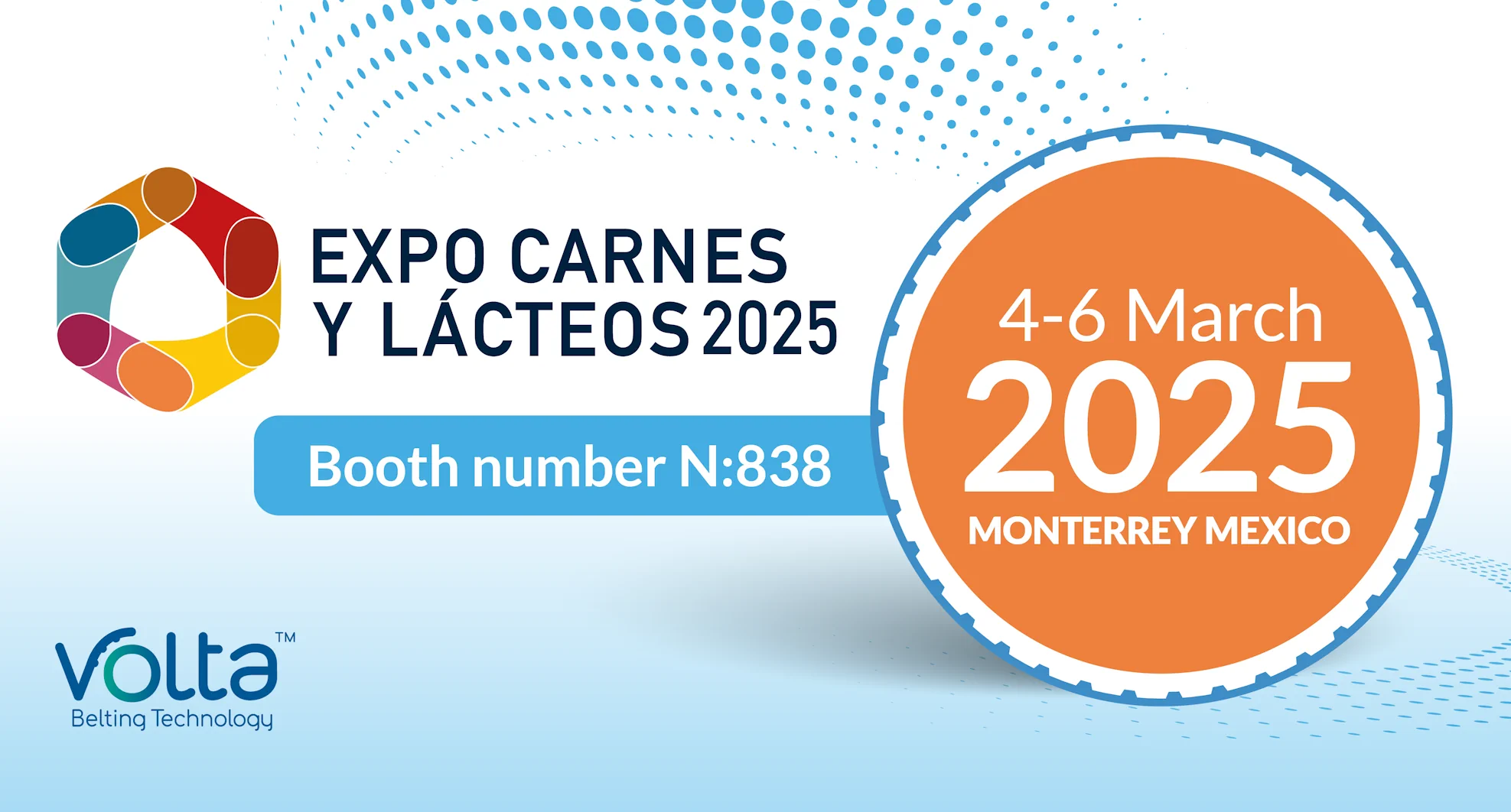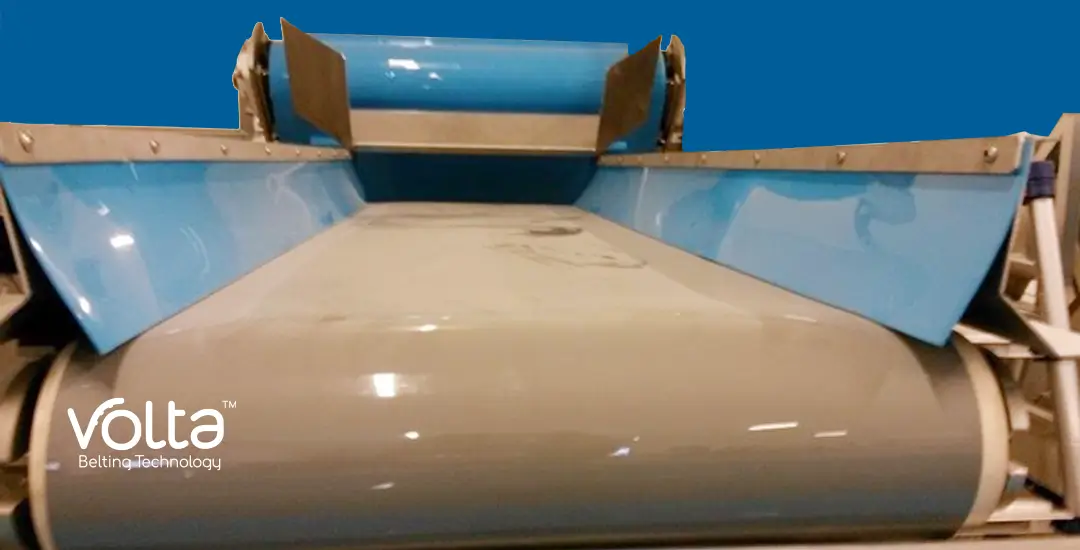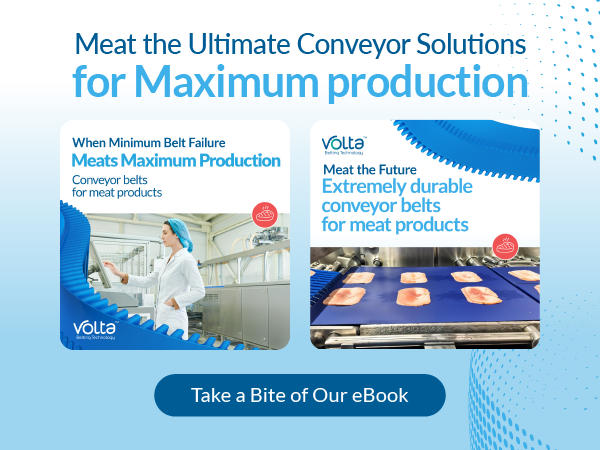Introducing the DR family belts—an innovative material designed to meet the challenges of modern food processing environments. These belts excel in hydrolysis resistance, and significantly enhance operational hygiene, efficiency and overall sustainability.
Overview of DR Family Belts
The DR family belts are a breakthrough in homogeneous materials, developed to improve performance, durability, and hygiene standards. Let’s explore their standout features that set them apart in the belting industry.
Hydrolysis Resistance and Enhanced Durability
An outstanding feature of DR belts is their exceptional resistance to hydrolysis. This enhanced attribute significantly extends belt lifespan, especially where processing lines are exposed to substances that degrade plastics, like oils, chlorinated water, and a variety of other chemicals. This translates to reduced maintenance costs and heightened operational efficiency, making them an ideal choice for intensive production.
Surface Characteristics
The surface characteristics of DR belts are engineered to provide superior functionality and durability. The semi-matt top surface combines release properties and scratch resistance and prevents glare on inspection lines or scanners.
A special lattice structure embossing is available as an option on the bottom surface. The resulting reduction in friction offers a 25% increase in load capacity and decreases strain and wear on conveyor components.
Advantages for Operations and Maintenance
DR belts further reduce the cost of ownership by delivering substantial savings in water, chemicals, and labor costs during cleaning and disinfecting processes, surpassing other plastic belt types and designs.
All materials are certified as food grade and furthermore, these belts play a pivotal role in implementing the Hazard Analysis and Critical Control Points (HACCP) system, ensuring the highest level of adherence to food safety standards and compliance regulations.
Sustainability and Environmental Impact
In an era prioritizing sustainability, the longer lifespan of DR belts aligns with eco-conscious initiatives. At the end of the life cycle, the material is easier to reprocess. Their homogeneous nature minimizes shedding of plastic microparticles, making them a safer and healthier choice for food processing.
Energy Efficiency
DR belts champion energy efficiency. Their composition and flexibility in design can be employed to reduce conveyor complexity with fewer dirt traps and less components – all of this means easier cleaning and energy savings. They operate efficiently with comparatively smaller motors, while reduced washdown temperatures, further save energy.
Conclusion
The DR family belts represent a revolution in food processing belts, blending superior performance, enhanced durability, and environmental consciousness. Their hydrolysis resistance, surface characteristics, and multifaceted benefits make them an ideal choice for the modern food processor.
Discover how DR belts can streamline your operations.
Contact us today to explore Volta’s Hygienic Design solutions further.





